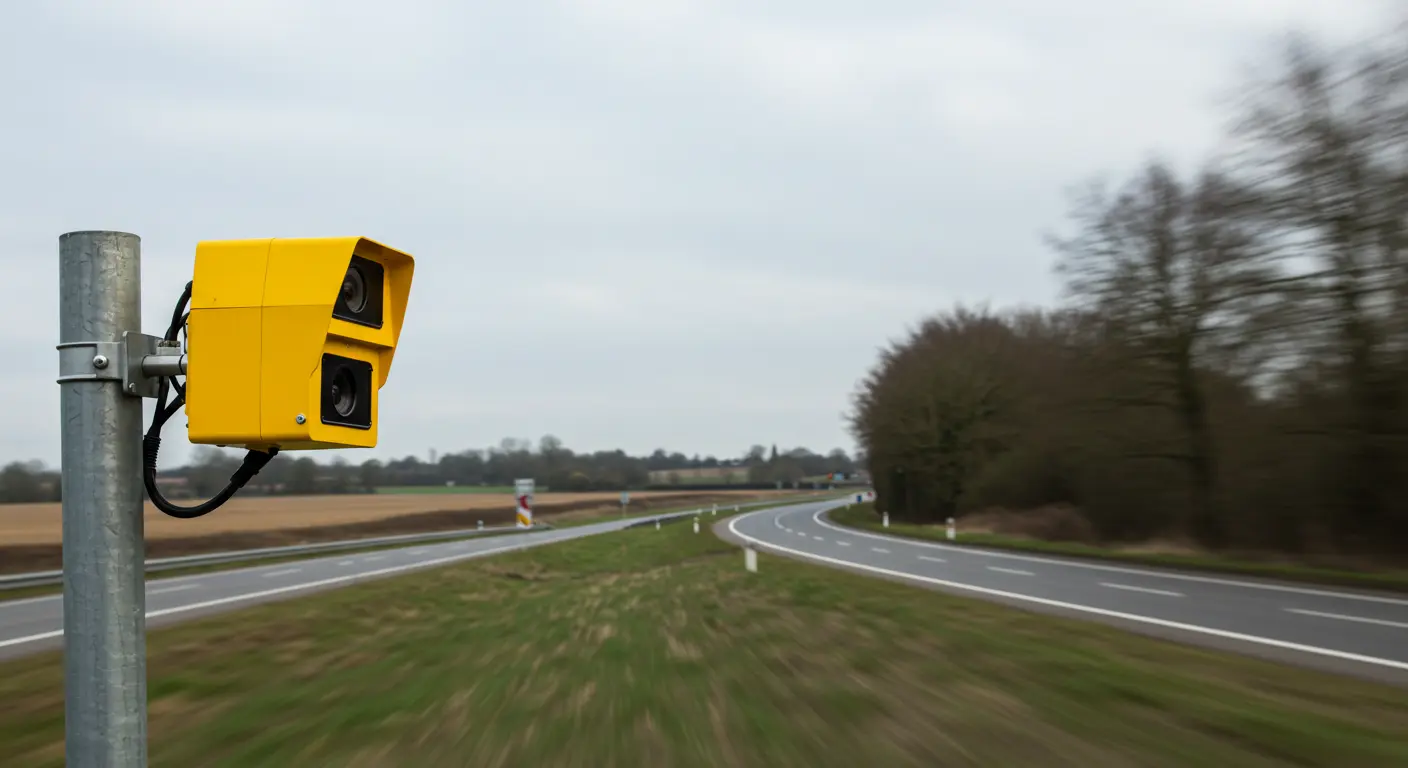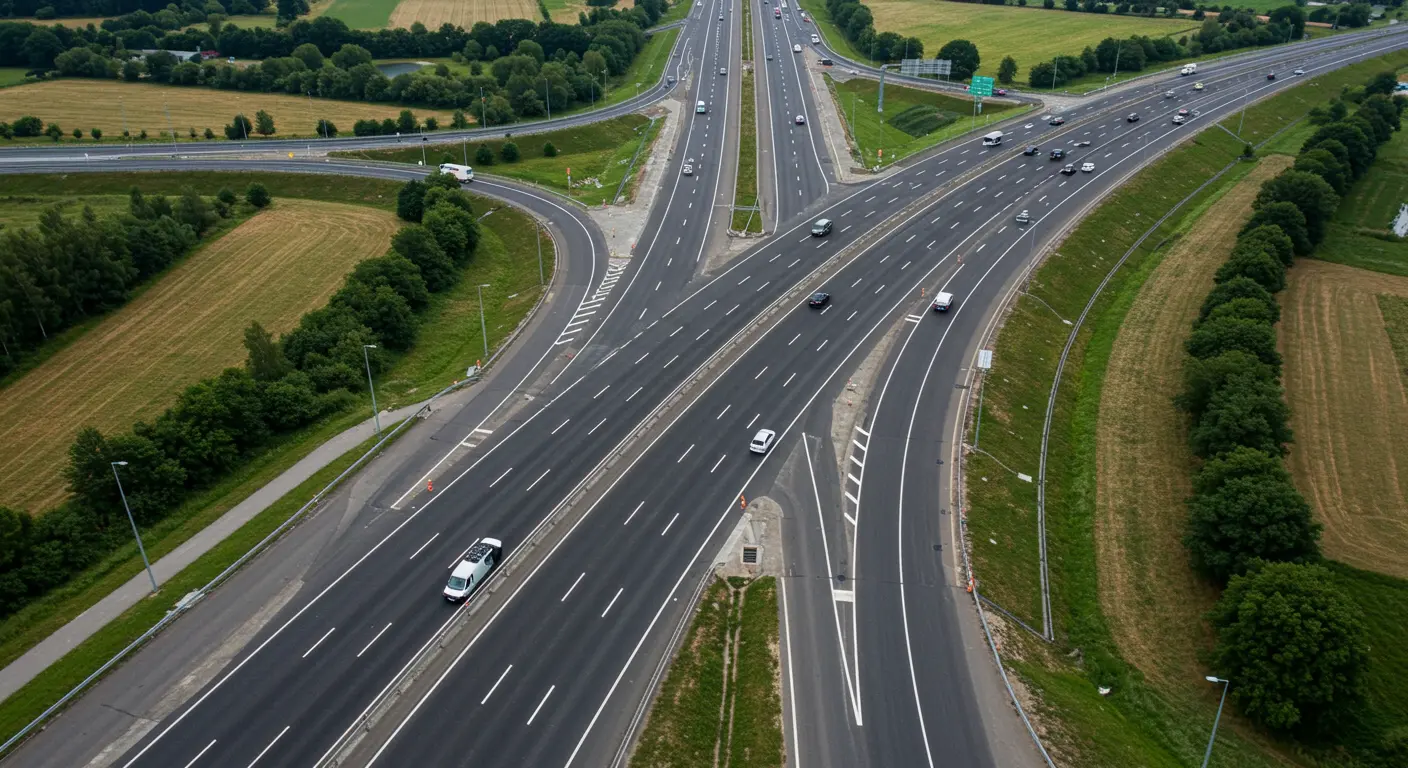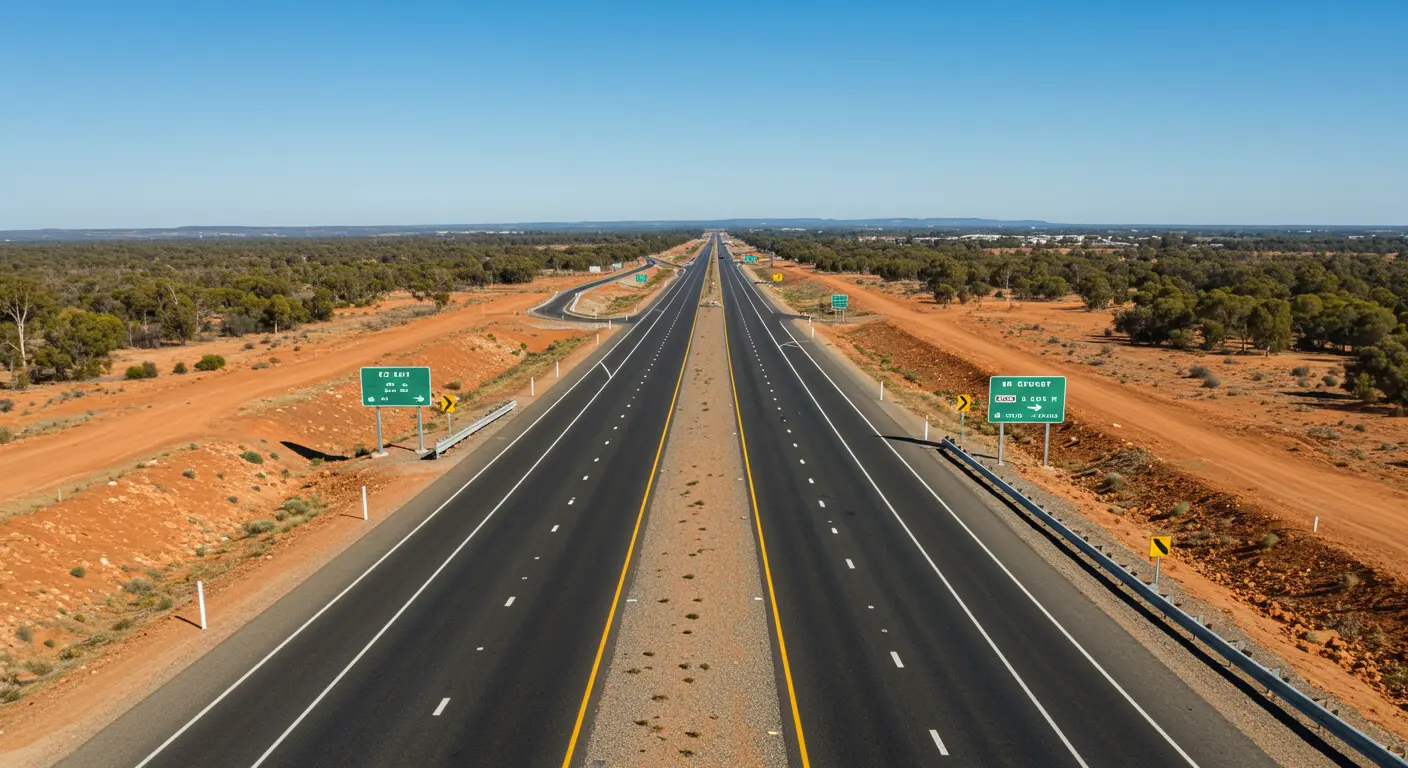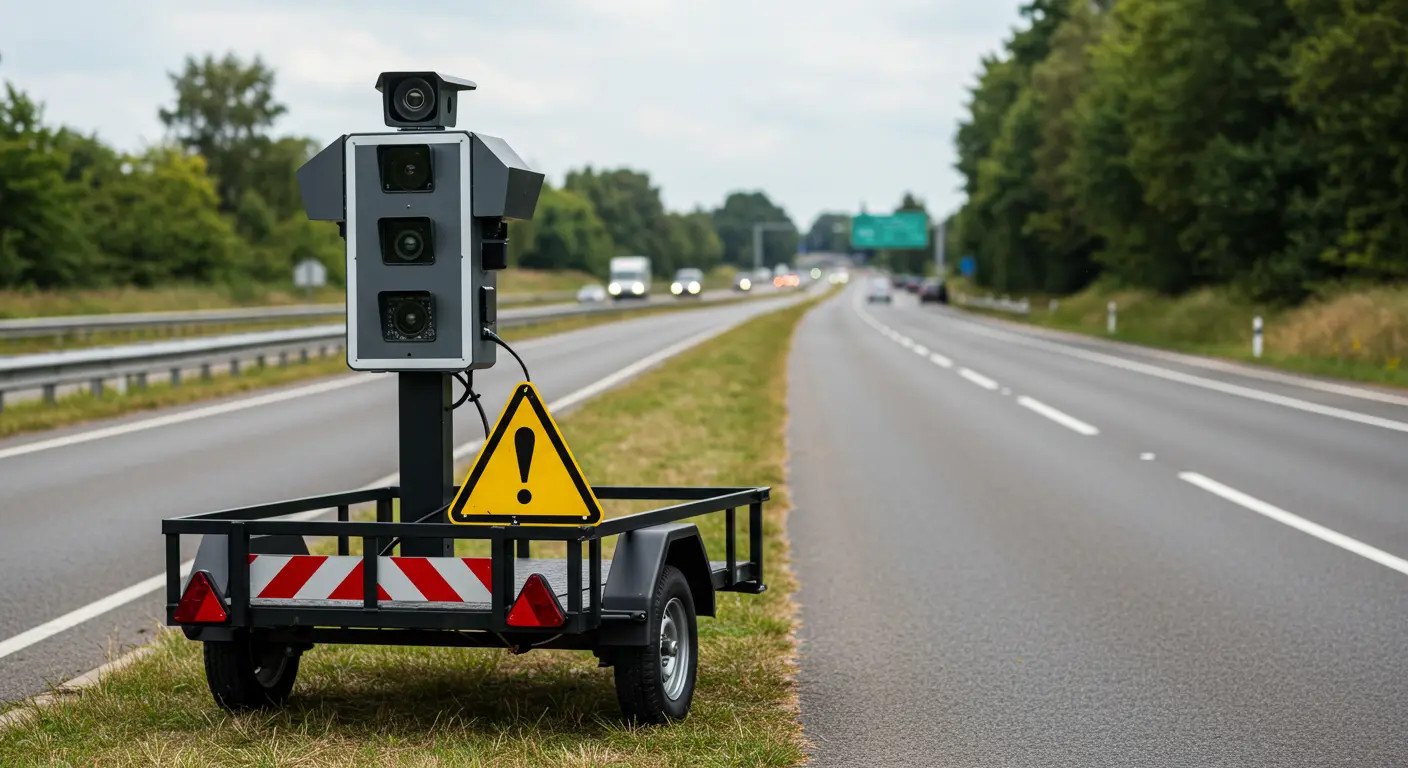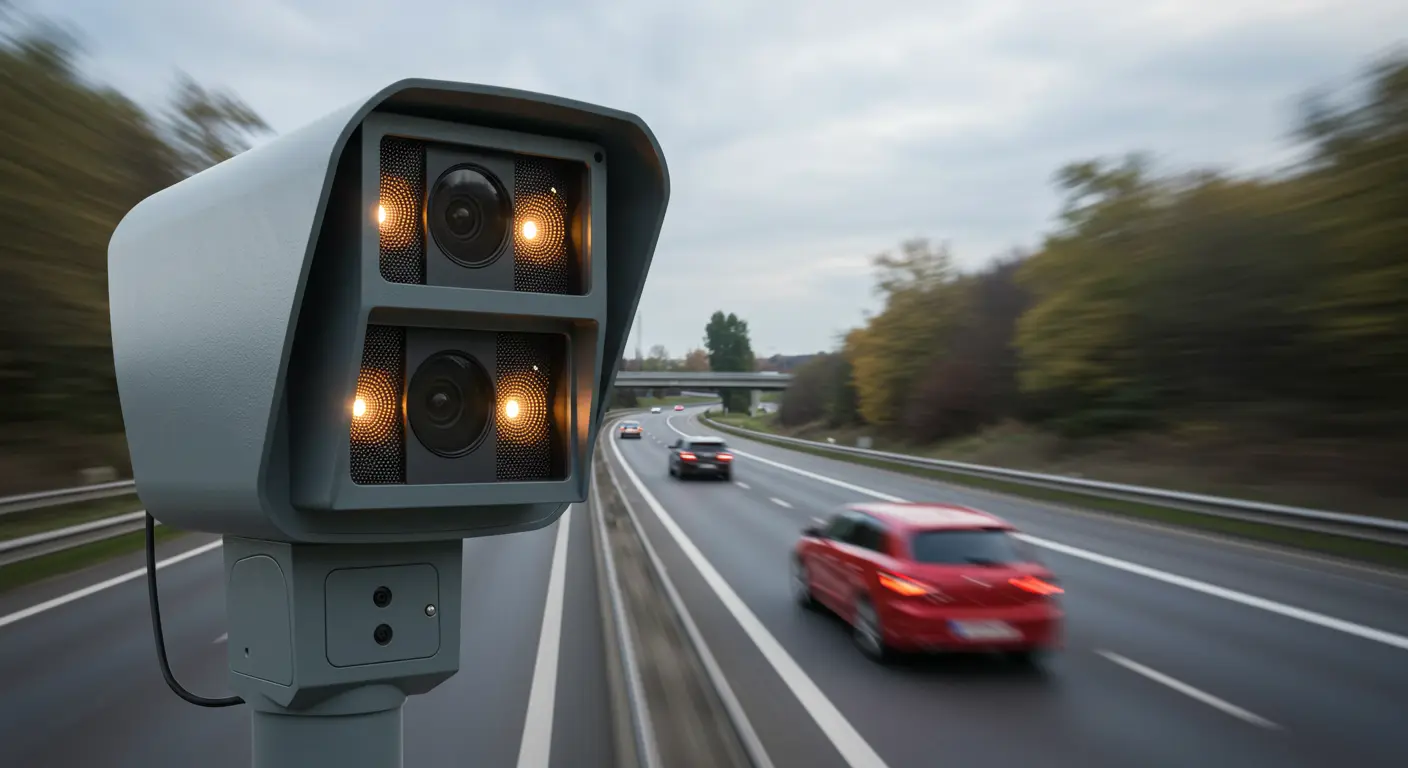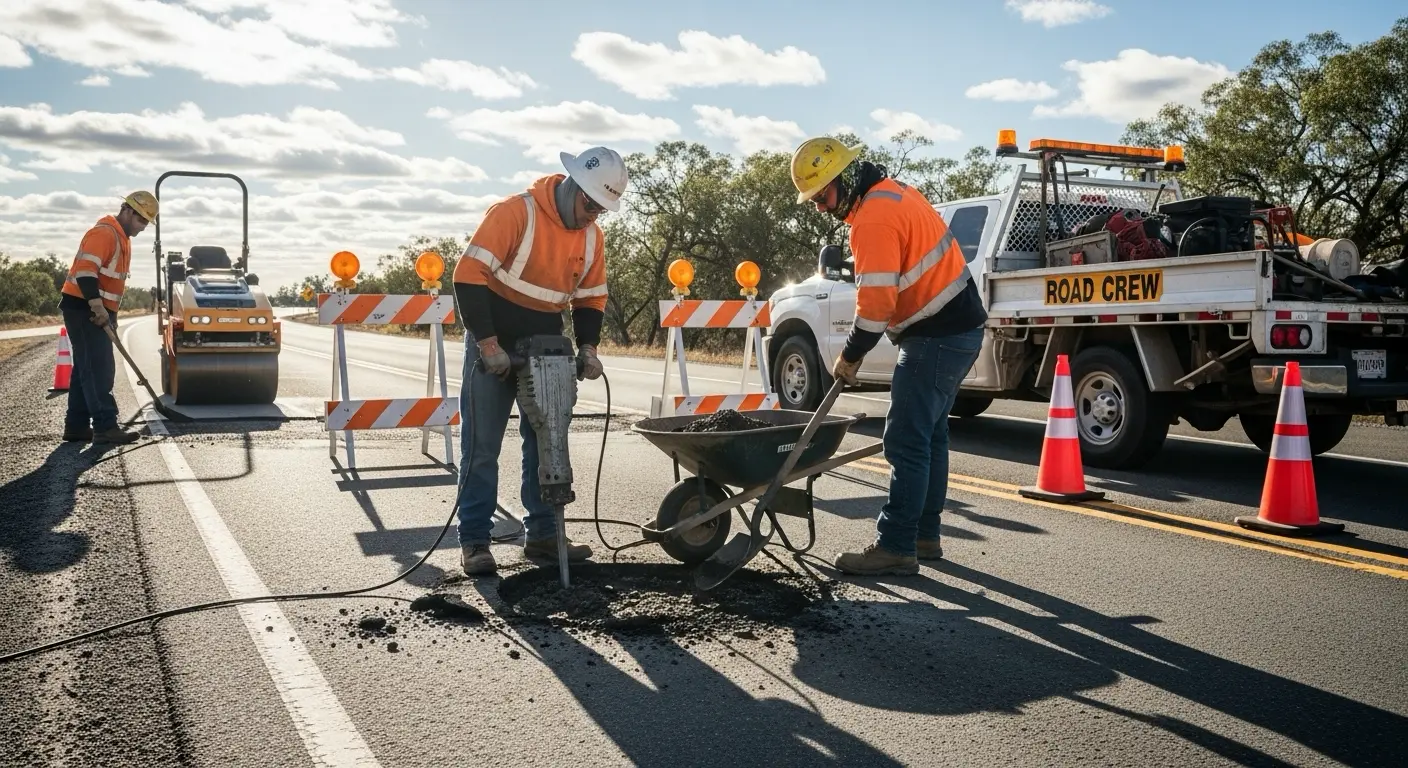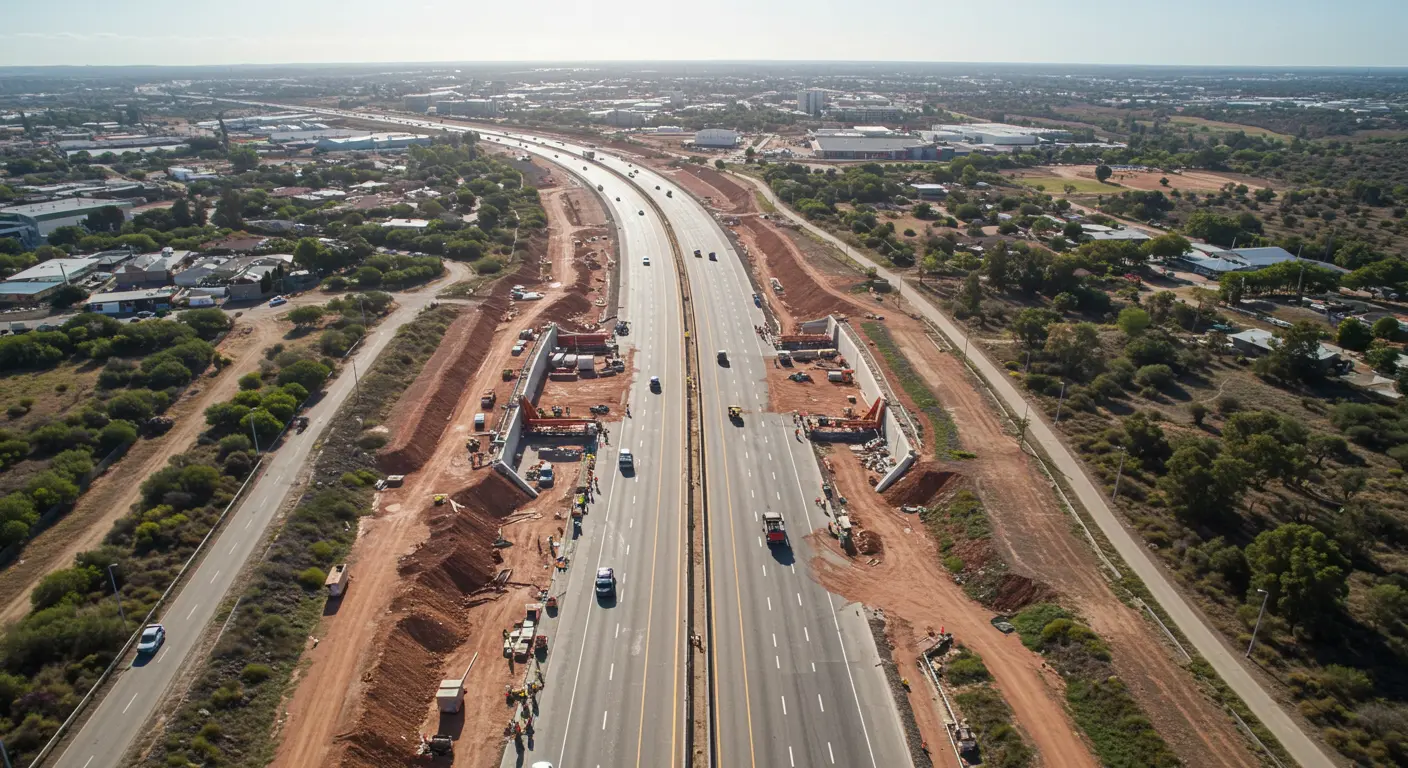Speed significantly affects both the likelihood and severity of road crashes. As speed increases, so does the risk of a crash and the severity of any resulting injuries. Adjusting speed based on road conditions is essential for safety.
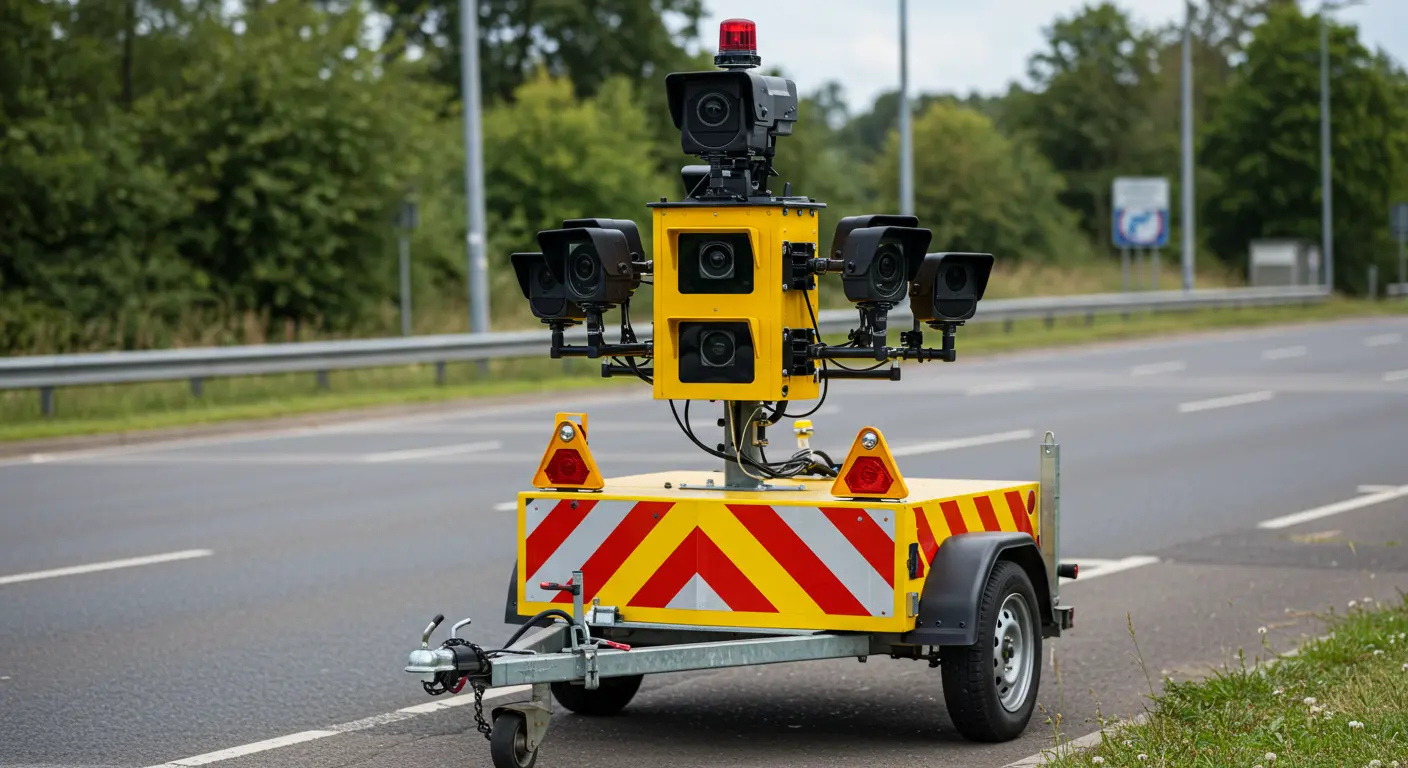
When to Adjust Speed
Drivers should reduce speed in the following situations:
- Weather Conditions: Wet roads or reduced visibility (e.g., fog) require lower speeds.
- Presence of Pedestrians and Cyclists: High foot or cycling traffic areas demand extra caution.
- Location: Residential zones or highly congested traffic areas increase risk.
- Road Type: Unsealed or congested roads require slower speeds.
- Other Situations: Any condition that raises the risk to occupants or other road users.
Reducing speed in these situations creates safer, more liveable communities.
Speed and Stopping Distance
The faster a vehicle travels, the longer it takes to stop. Stopping distance includes both reaction time and braking distance.
- Higher speeds increase total stopping distance.
- On wet roads, stopping distances increase even further.
- Longer stopping distances raise both the likelihood of a collision and the severity of any crash.
Injury and Fatality Risks
Increased speed correlates with greater injury and fatality risk:
- Each 1 km/h increase in average speed raises the chance of a crash causing injury by 3% and a fatal crash by 4-5%.
- Pedestrians are especially vulnerable. Even modest increases in speed sharply elevate the fatality risk if struck.
- Some crash types become significantly more dangerous at higher speeds, regardless of initial speed level.
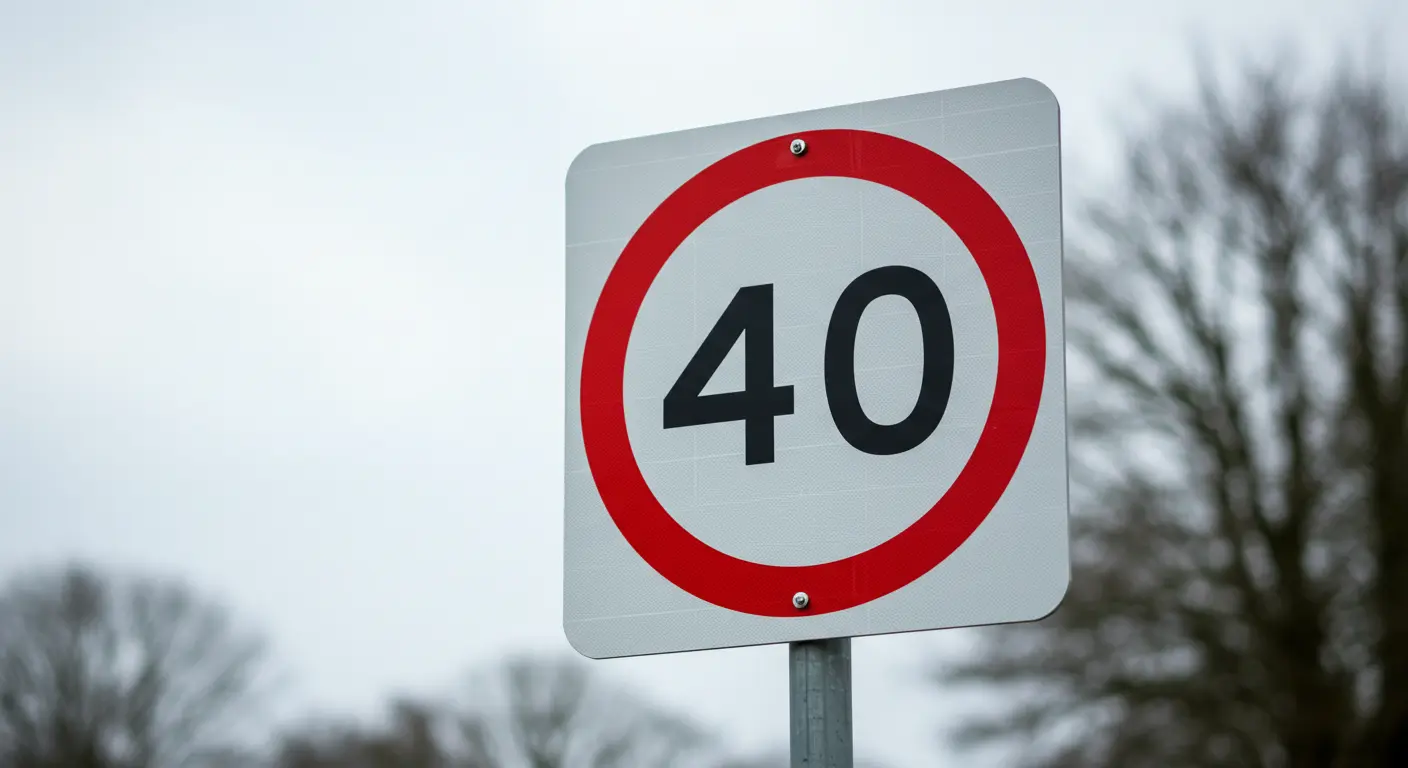
The Push for Lower Speed Limits
Internationally, there is growing support for 30 km/h limits in residential areas, city centres, and other locations with high pedestrian traffic. Lower limits are seen as a critical tool for:
- Preventing injuries
- Saving lives
- Creating safer neighbourhoods
Is Driving at the Speed Limit Always Safe?
While obeying posted speed limits is mandatory, it may not always be the safest speed. Drivers should reduce speed below the limit when:
- There are vulnerable road users nearby
- Visibility is poor
- Road conditions are hazardous
Increasing the following distance between vehicles further reduces crash risk, especially in wet weather or dense traffic.
Key Data Sources
This fact-based article is based on research by the Western Australian Centre for Road Safety Research at the University of Western Australia, supported by the Road Safety Commission.
